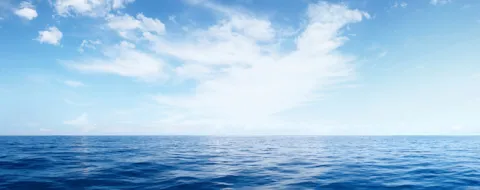What does the future hold?
When looking at the future of offshore wind energy, two mega-trends are very clear. Firstly, the overarching mega-trend will be the relentless drive to reduce the levelized cost of energy (LCoE). Secondly, in many ways a result of the first trend, turbines and wind farms will continue to get bigger.
Ever since the first offshore wind farm at Vindeby began operating in 1991, the drive to reduce LCoE, both capex and opex, has been the focus of the entire industry. Much has been achieved already, but continuous innovation is required to keep forcing the curve downwards. This goal will launch several new trends.
New challenges, new trends
Already ongoing for some time, the increasing size of wind turbines and wind farms is expected to continue long into the future. Unlike onshore wind farms, where logistical challenges might put limits on turbine size, offshore wind can probably continue to grow in size for many years to come. Initially, offshore limitations might come in the form of materials and overall structures. However, as we see it, this will not be the case in the near future. We will soon see very large, utility-scale wind farms with enormous turbines, leading to new challenges in construction, installation, operation and maintenance (O&M).
Another new trend – the use of robotics and artificial intelligence (AI) – will address this particular issue. Getting the power from these very large power plants to shore will also be highly important.
Wind farms built by robots
AI and robots seem to be everywhere. Certainly, as described in DNV’s paper: Making Renewables Smarter (2018), Landberg and Traiger discuss that both technologies definitely have a place in offshore wind. We see the application of robotics in wind farm construction and O&M.
In construction, robots will initially supplement human capabilities, for example, in heavy lifts and underwater work. They will go on to handle an increasing amount of offshore wind farm construction as farms are located in increasingly remote and hazardous environments. On the O&M side, robots will take on activities such as on-site repairs and inspections inside, outside (by drones and crawlers) and below the surface (by Remotely Operated Vehicles).
In the beginning, most robots will be controlled by humans. However, autonomous robots will appear before too long. Their first application is likely to be autonomous inspection by drones (which is already possible technically and only held back by regulations). Further ahead, a possible – and perhaps slightly scary – future scenario could see offshore wind farms autonomously built and operated by robots!
The smart potential for safe, optimal performance
Machine learning (ML) is the branch of AI concerned with controlling robots, particularly autonomous ones. The more autonomous the robots become; the more ML is needed. However, ML will also be used to make offshore wind farms “smart”. Many applications will be possible. Among them predictive maintenance, where crews (and/or robots) are sent out to repair the wind turbines before they break down. Another example is wind farm control. Here ML-based systems will ensure individual turbines are operated to optimize the entire wind farm’s output, while minimizing wear and tear.
The potential for robotics and ML applied within offshore wind is immense. Nonetheless, concerns regarding privacy, reliability and social issues must be taken into account every step of the way.
